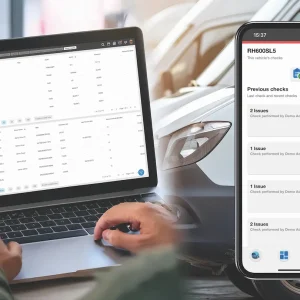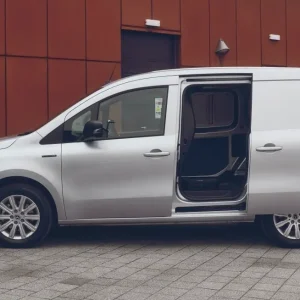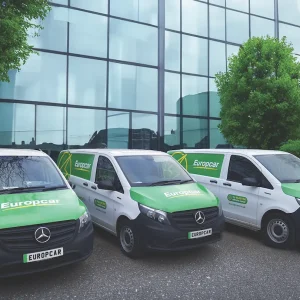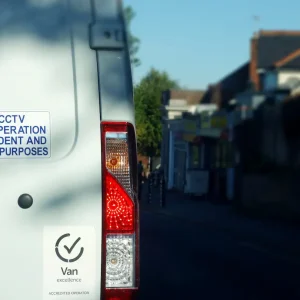 This one is without a doubt the 2011 What Van? Awards’ most controversial choice. We’re commending the Vehicle Certification Agency’s decision to begin publishing light commercial vehicle emissions and economy data, even though there are many critics who quite rightly point out that unladen figures aren’t the most relevant to the van and pick-up market.
This one is without a doubt the 2011 What Van? Awards’ most controversial choice. We’re commending the Vehicle Certification Agency’s decision to begin publishing light commercial vehicle emissions and economy data, even though there are many critics who quite rightly point out that unladen figures aren’t the most relevant to the van and pick-up market.
But the point is, as soon as it’s possible to publish a league table, everyone will want to be at the top of it, no matter what they’re publicly saying about the relevance of the figures themselves. This will automatically increase the focus on, and therefore investment in, bringing down light commercial vehicle emissions and improving economy.
And the figures may be more relevant than the detractors would have you believe anyway. According to research commissioned by the Department for Transport and published this summer, there’s remarkably little difference in the emissions of a fully loaded light commercial vehicle compared to an empty one.
Environmental consultancy AEA carried out the research, and found that even though a fully loaded van weighs 50% more than an empty one, CO2 emissions only increased by 7.8% on the combined cycle test that’s used to achieve the fuel consumption and CO2 emission figures for every car and van. The research also showed that payload has virtually no impact at 70mph, where aerodynamics are the overriding consideration, whereas at that speed, opting for a medium- sized van rather than a small one could increase fuel use by 40%.
On the VCA website, searches can be carried out across manufacturer, model, fuel type, gearbox, load length, CO2 and vehicle type criteria, as well as whether the model meets certain levels of European emissions standards. The database totals 1238 vehicles.
The VCA site – www.vca.gov. uk/fcb/index.asp – also offers advice on choosing the vehicle that best suits business needs and tips on cutting running costs through better driver behaviour and vehicle maintenance.
 But it’s the fuel and emissions figures that are being commended here. Although they have not met with universal agreement, and could eventually lead to a tax system based on the published numbers, a massive focus by manufacturers on car emissions figures in the past eight years has seen spectacular progress in improving efficiency, and there’s no reason to expect anything other than a speeding up of that process on light commercials now people are taking notice of the figures, and how manufacturers compare with each other.
But it’s the fuel and emissions figures that are being commended here. Although they have not met with universal agreement, and could eventually lead to a tax system based on the published numbers, a massive focus by manufacturers on car emissions figures in the past eight years has seen spectacular progress in improving efficiency, and there’s no reason to expect anything other than a speeding up of that process on light commercials now people are taking notice of the figures, and how manufacturers compare with each other.
We have also chosen to highly commend Mercedes-Benz for its industry-leading Eco-Start stop-start system that’s optional on both the Vito and Sprinter. Although it would be nice to see it as standard rather than a £545 option, Mercedes claims it only takes 50,000 miles to pay for itself for operators in an urban environment. In time others will follow, and in time it will hopefully be part of the standard equipment offered on both models, but it’s a worthwhile technological addition that has an obvious and tangible impact on running costs.





